Commuter bikes: What are the differences and how to choose the best bike for you
Flat bar road bike? Hybrid? Touring bike? Cargo bike? Commuter bikes come in all forms, here are the differences
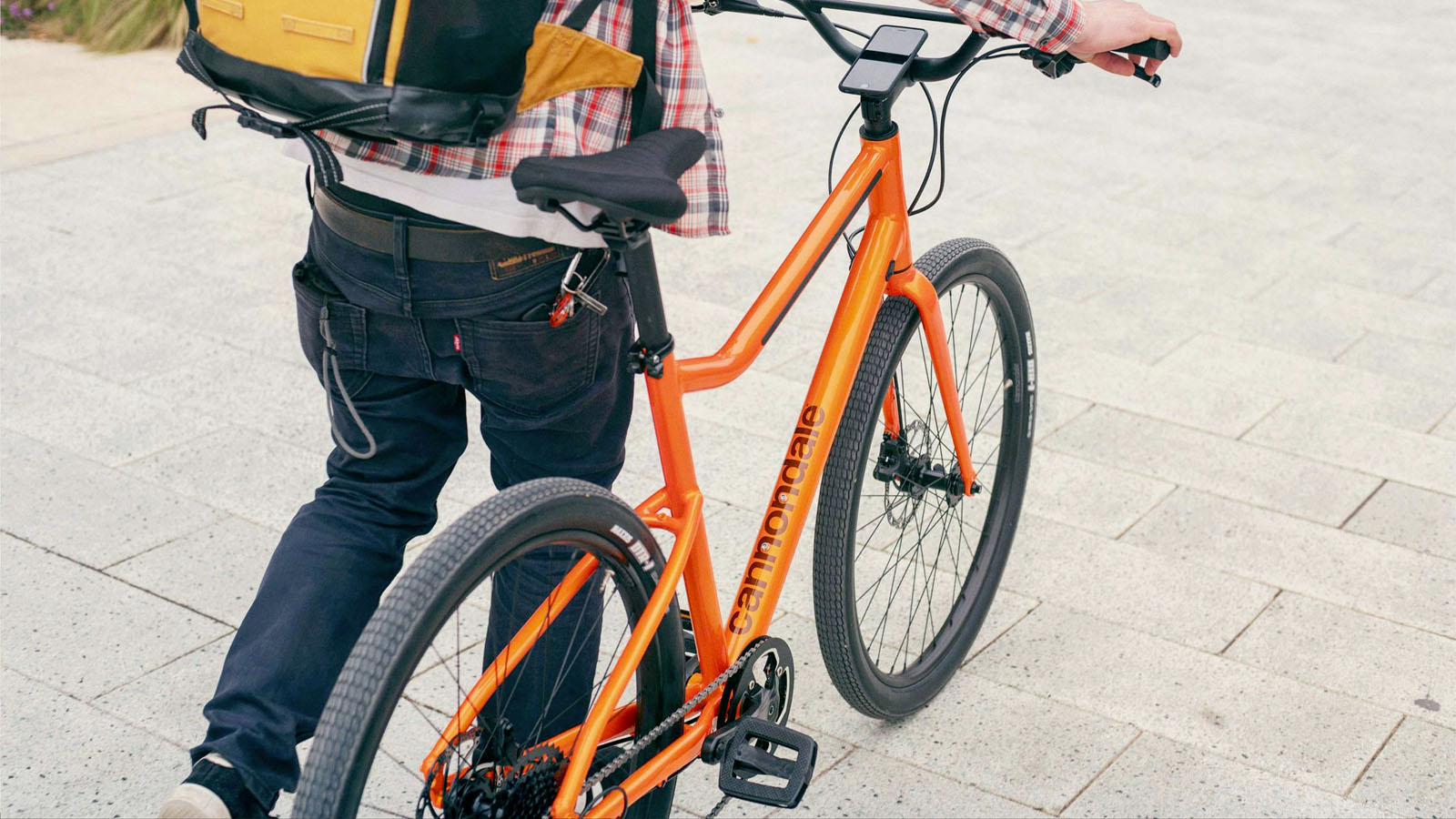
All around the world, people are swinging legs over top tubes and hitting the road; whether it be to limit lockdown-induced cabin fever or simply to get around town. With social distancing measures in place, and restrictions on the use of public transport, people are turning to bikes to get around.
We've also seen a growing number of countries committing to spending more on bike infrastructure, instituting pop-up bike lanes and even closing streets to cars to make room for cyclists in light of the current global pandemic.
Best commuter bikes
Bike deals: The best back-to-work offers for avoiding public transport
Best bike locks: Keep your bike safe with our pick of the best locks
Best cycling backpacks: Our pick of the best rucksacks for your commute
While any bike will work just fine for getting around town, having the right tool for the job at hand can make the experience considerably more enjoyable; leaving you far less sweaty and sticky when you do arrive at your destination.
In the same way that no two commutes are alike, there are choices aplomb of commuter bike styles, in addition to your traditional road, mountain CX, gravel, etc. bikes.
What are the different types of commuter bikes
1. Flat bar road bikes
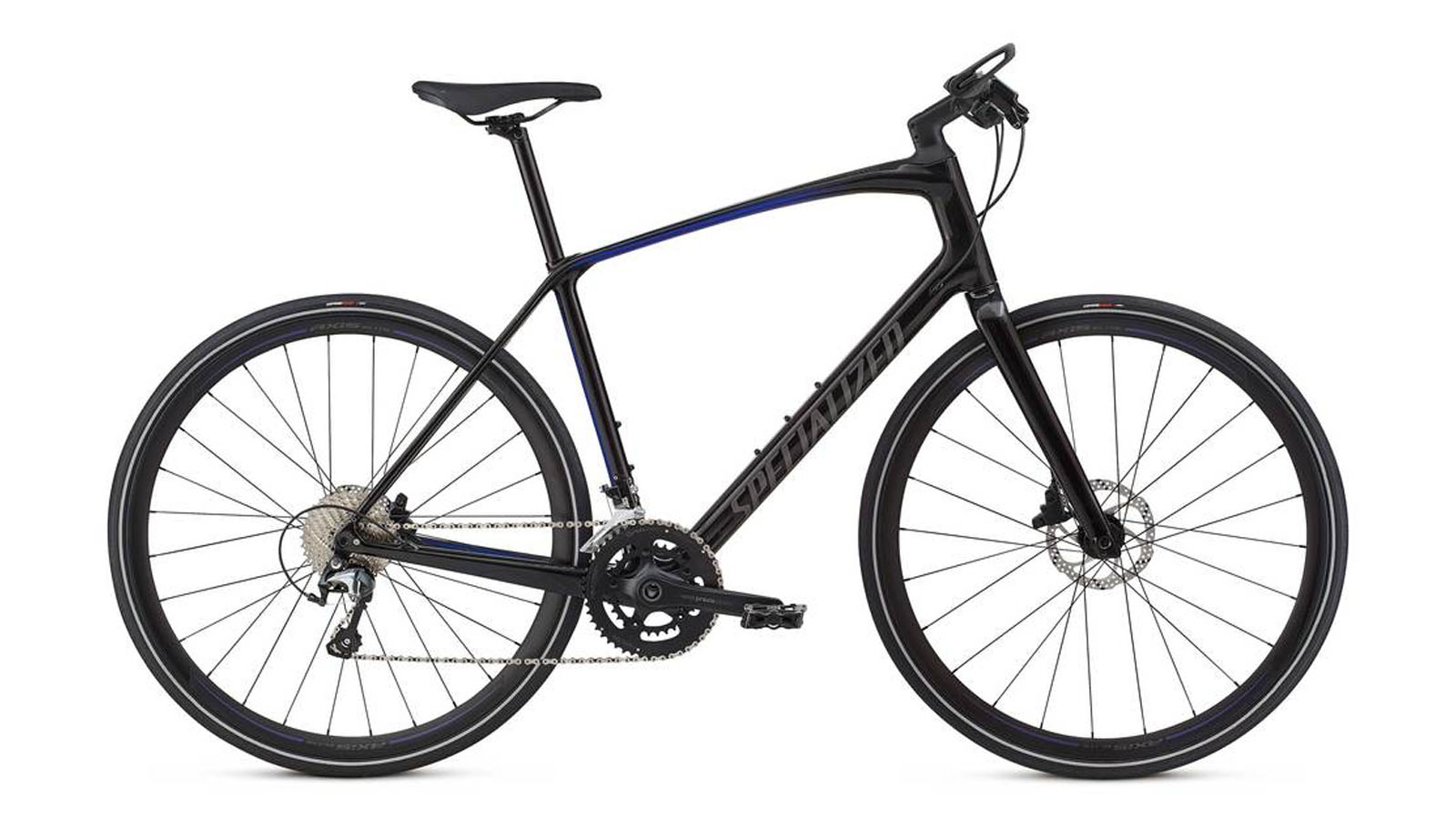
To our mind, the most common bikes that people commute on are flat bar road bikes. Many of which have made it into our guide to the best commuter bikes.
These will roll on 700c wheels and usually have an externally geared drivetrain. The geometry will be similar to a road bike, albeit quite a bit more upright for two reasons; comfort and visibility.
The DNA of this type of commuter is derived from a road bike, and with that, they put a premium on efficiency. If you're going to be covering quite a lot of ground on your commute, a flat bar road bike is probably the best pick for you.
The latest race content, interviews, features, reviews and expert buying guides, direct to your inbox!
While you're probably used to riding with drop bars, flat bars are the ideal for commuting, not only because they facilitate a more upright and comfortable riding position, but the single hand position means the controls are always at your fingertips.
- Best commuter bikes: Our pick of the best bikes for your commute
2. Folding Bikes
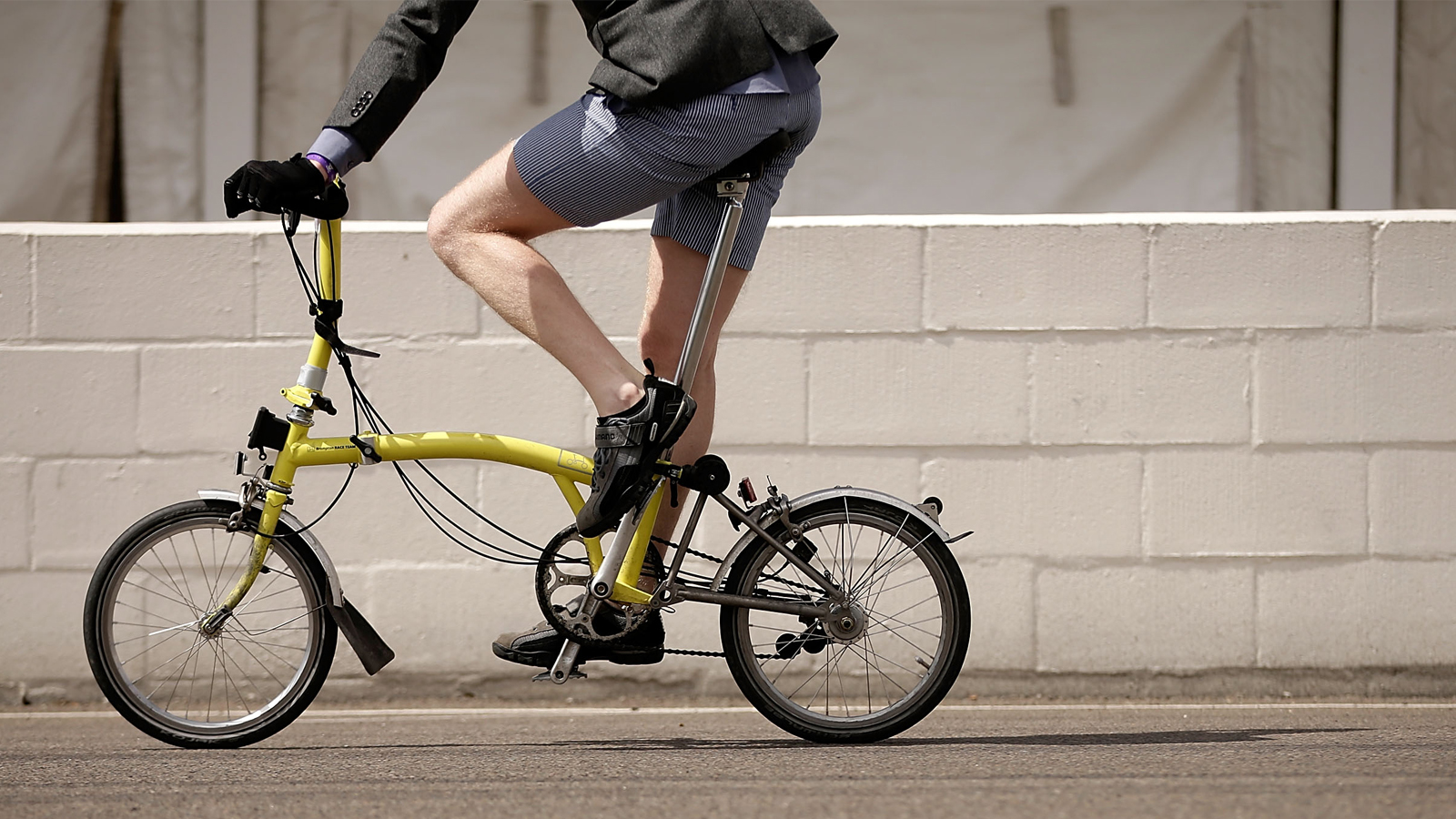
Not everyone has access to bike parking facilities or room to keep a full-sized bike in their apartment or office; if you are short of space, the best folding bikes might be the go-to option for you.
While the design of folding bikes varies, they are usually based around small 20-in wheels and tyres, and have a series of lockable hinges that allow you to origami the bike down to a fraction of its original size, to slide it under your desk or into a closet.
Unfortunately, there is no such thing as a free lunch, and folding bikes do come with several compromises in the form of speed and comfort. With the short wheelbase, folding bikes usually have sharp handling, but the smaller wheels aren't all that efficient. Still, they are perfect for short distances, if you use multiple types of transport on a single trip, or if you have a to negotiate a heap of stairs along the way.
- Best folding bikes: Our pick of the best folding bikes for urban riding
3. Hybrid bikes
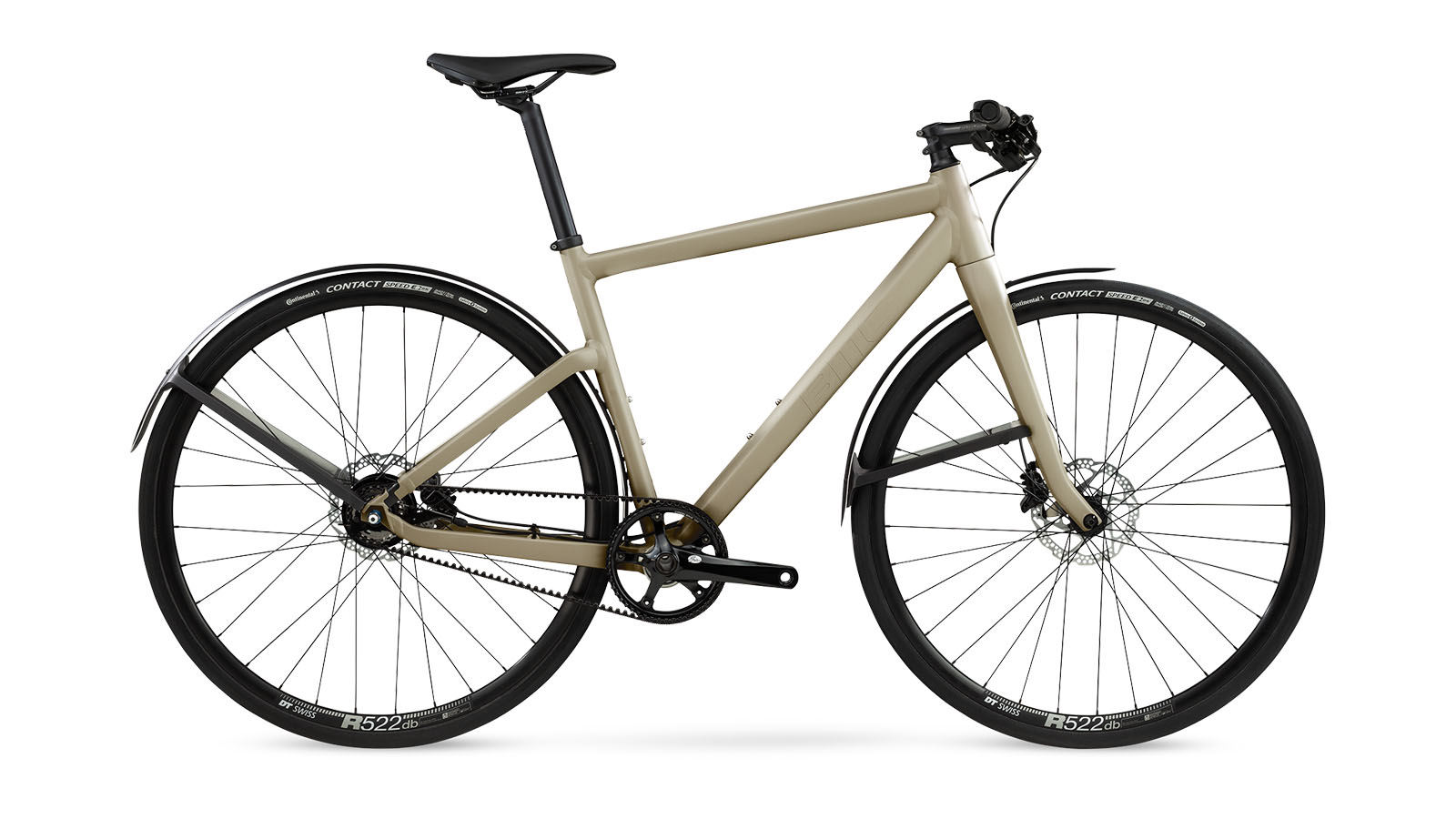
If you were to chop design elements for road, mountain and touring bikes, and created a 'hybrid' (pun intended) of them all, you would have a hybrid bicycle. The best of which can be found in our guide to the best hybrid bikes.
With an upright and comfort-focused position, the ride characteristics of hybrid bikes (also known as fitness bikes) err more on the side of kick back and smell the roses than beating your PR from work to home. Often you will find hybrids have a suspension fork, and the bikes will have provisions for fenders, and rack mounts too. They are designed to handle everything from glossy smooth bike paths, to pothole-filled bike lanes and some light gravel, thanks in large part to the wider tyres, usually 32c and up.
With these bike designed for utility, you will occasionally find belt-driven drivetrains or internally geared hubs on the upper end of the price spectrum.
- Best hybrid bikes: our favourite fitness bikes for getting around town
4. Touring bikes
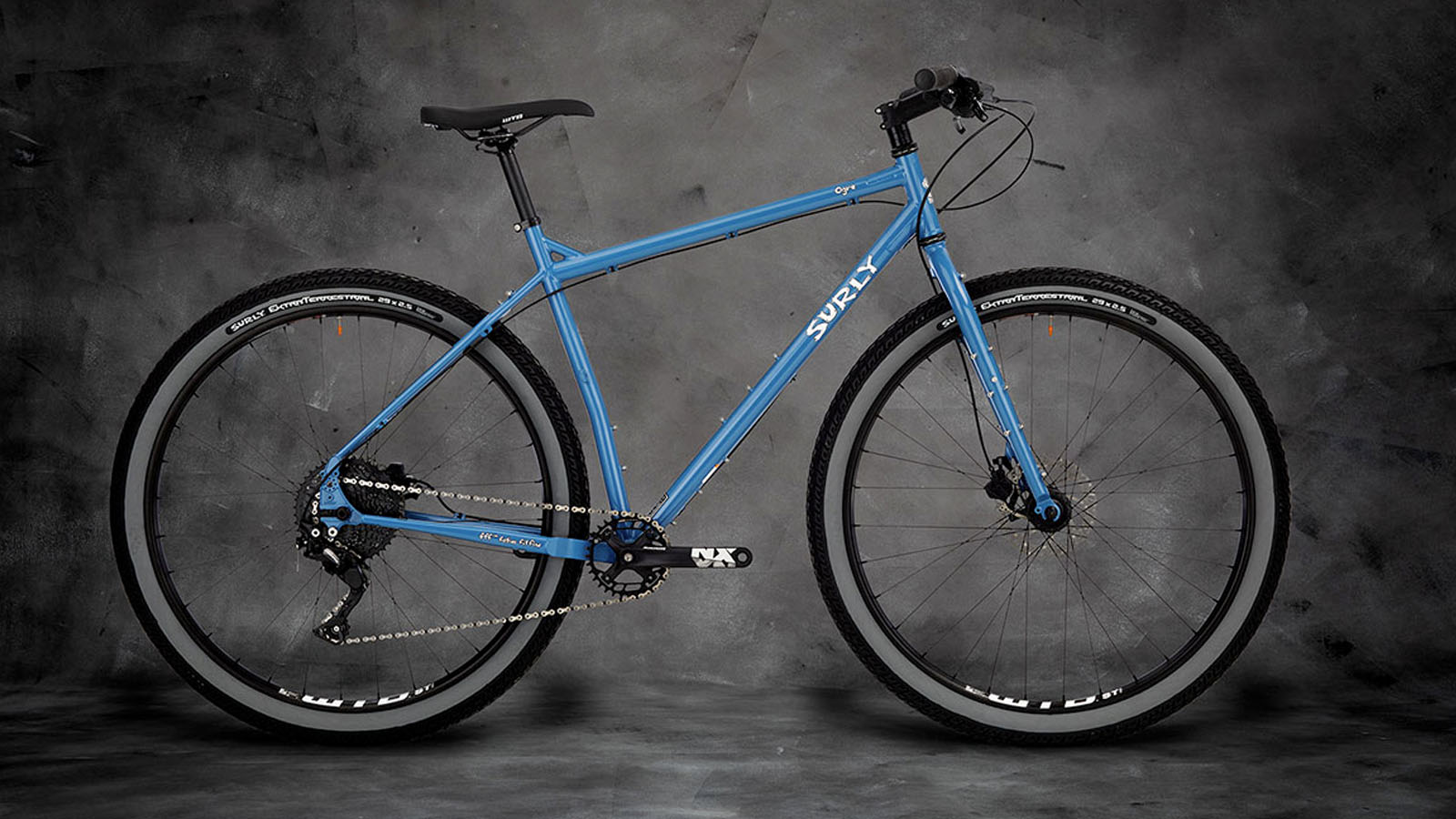
The best touring bikes are designed to cover significant distances, loaded down with luggage and are specced with hard-wearing and reliable components, which also happen to be the same characteristics we look for in a commuter.
While a touring bike frame will be overkill for just riding to and from work, if you're travelling with a heap of gear and don't want to go by car, they are a reasonable option. The frame will be heavy-duty, which also means it won't be lightweight, but the geometry will make for a comfortable riding position, and the frame will accommodate wide tyres, luggage and fenders too.
- Best touring bikes for commuting, bikepacking or travelling by bike
5. Road bikes
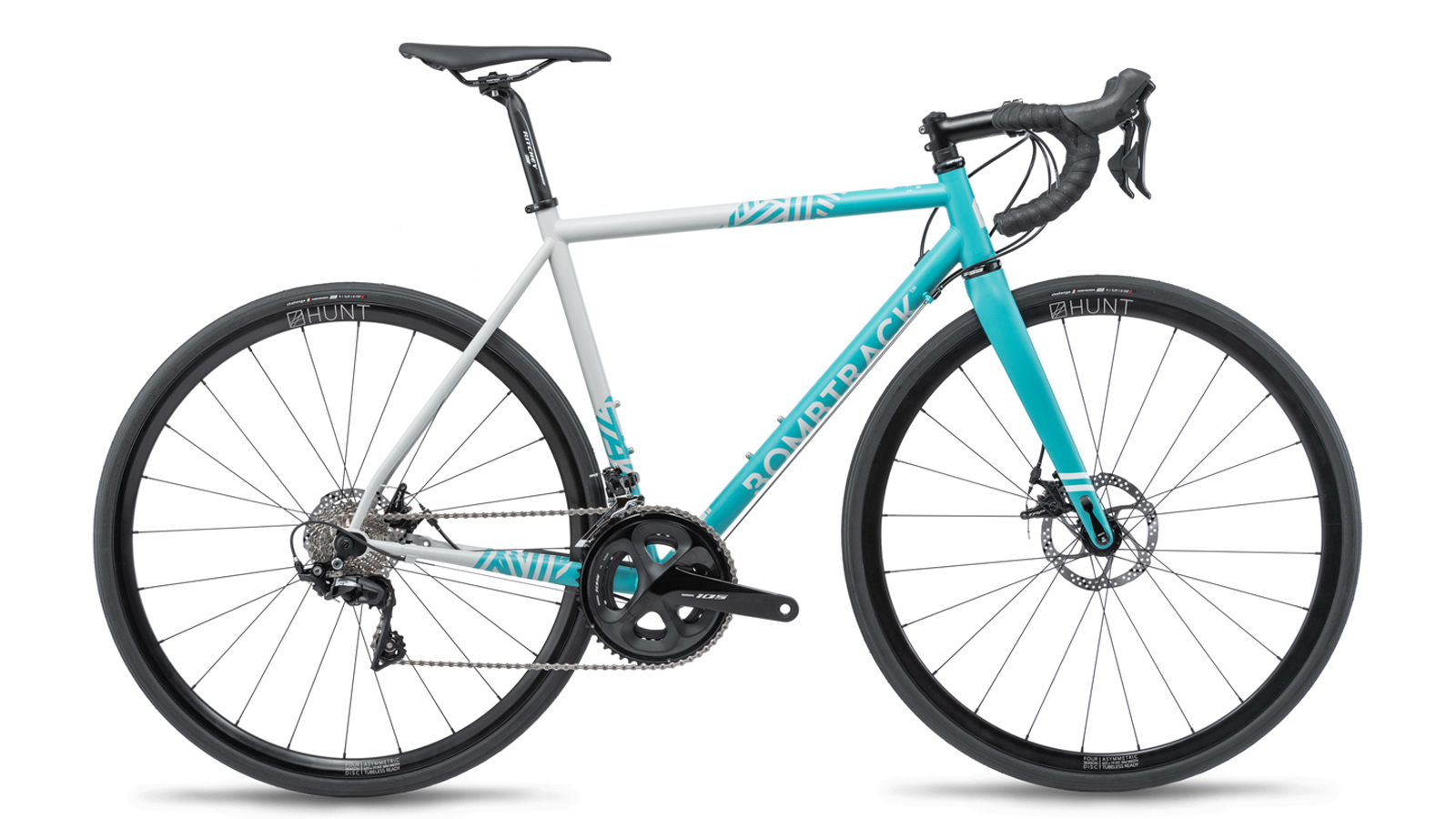
If you have a long way to go on your commute, a road bike will be a good option and can double as your training ride for the day. The best road bikes are designed for efficiency and speed, so if you're going to make your weekly training quota just going into work, 25c tyres and drop bars will likely suit.
With most road bikes designed for the performance end of the spectrum, you may not be able to mount fenders or luggage to your bike, so you'll need a backpack — and with that, you will be limited to how much you can bring along with you.
If you are planning to use your road bike as a commuter, one thing to be mindful of is where you can park up at the end of your journey. Not only can bike locks and other commuters damage your pride and joy, but bike thieves are also brazen; it's a kick in the guts when a cheapo bike disappears, much worse your roadie which is likely to be worth thousands.
6. Cargo bikes
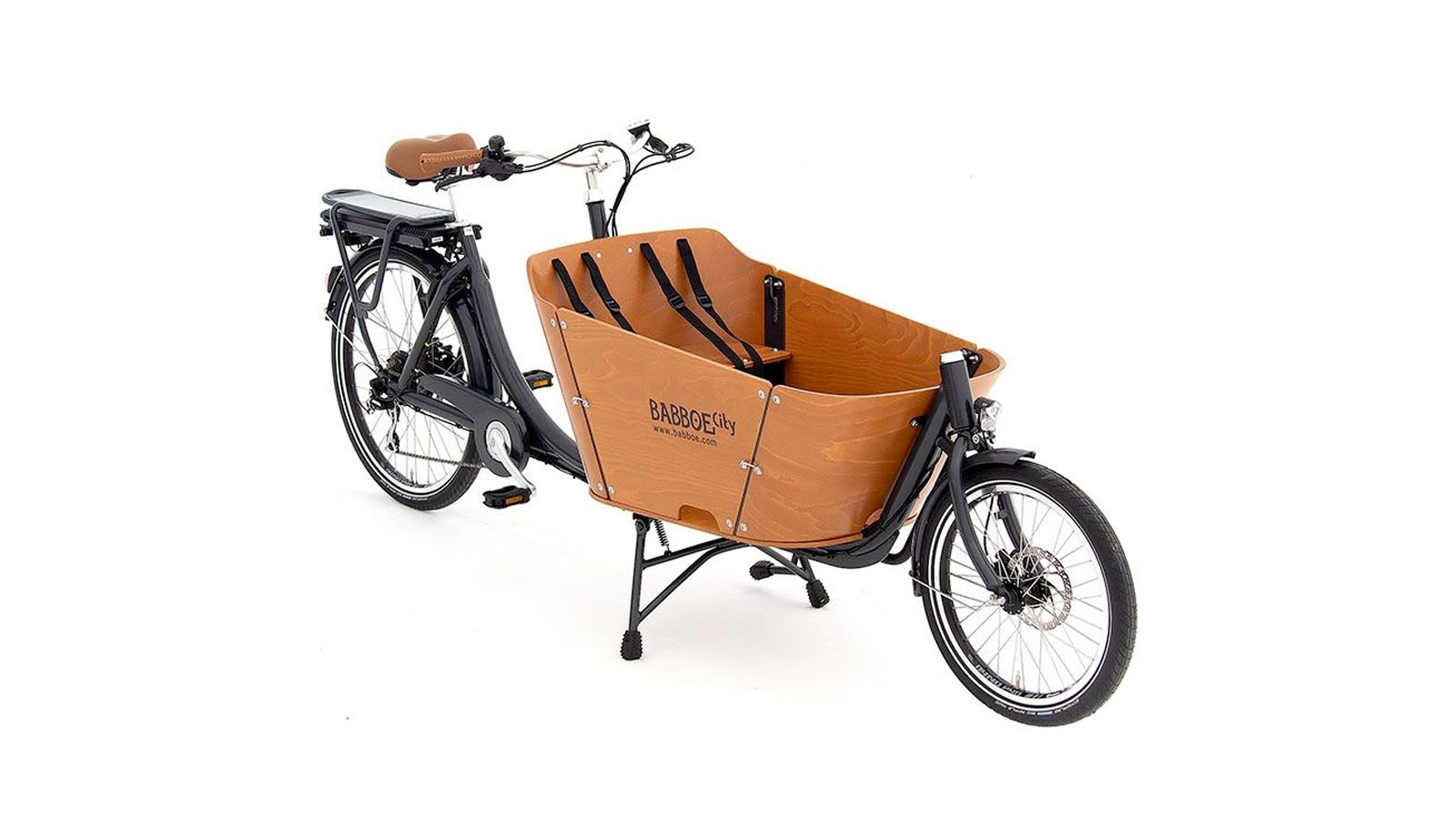
We love cargo bikes. With the ability to carry everything from groceries to people and dogs, a cargo bike is ideal if you’re looking to replace a car. They come in both analogue and e-bike versions, and most feature modular mounting systems so you can customise your haulier to your exact needs.
There are two main layouts for cargo bikes, the dutch style box bikes, which put a literal box between the rider and the front axle, and the long tail design, which pushes the rear wheel out with space behind the rider.
7. eBikes
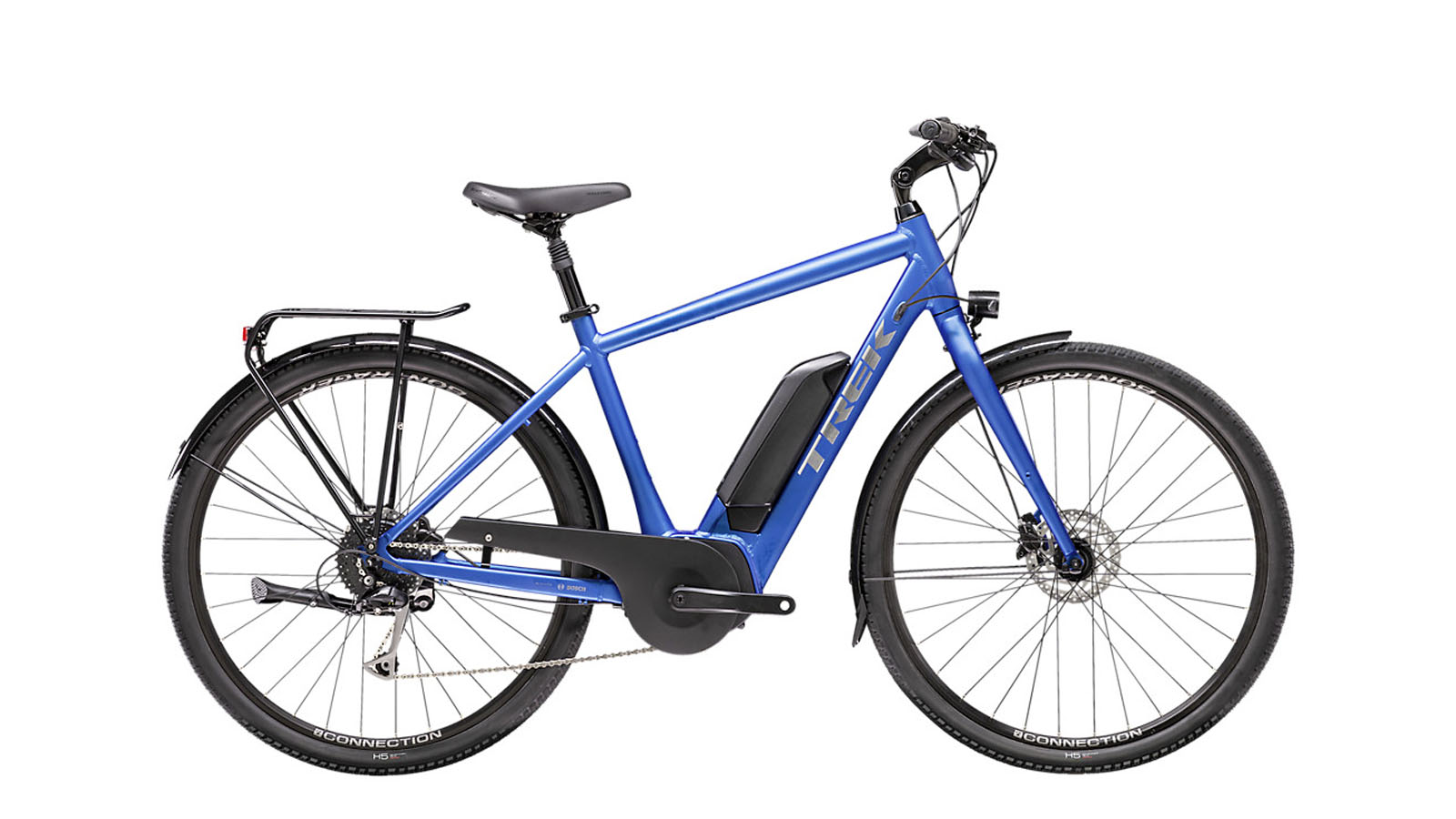
E-bikes are the latest addition to the range of commuter bikes and are catching on like wildfire in every segment. With drive units from manufacturers like Bosch, Yamaha and Shimano being the most desirable. E-bikes are pedal-assist, where the motor only kicks in when you pedal. Whether you are covering a considerable distance or just have a super hilly commute, e-bikes make getting around on two wheels more accessible because they aren't as dependent on personal fitness.
They are not without their drawbacks; the main two being price and weight. Even entry-level e-bikes can cost thousands of dollars, and the most feathery models still tip the scales around 20kg or more.
Just about every category of bike comes in an e-assisted version, but commuters are to our mind one of the best applications of the technology — and no, e-bikes are not cheating.
- Best electric road bikes: Ride faster and further for less effort
- Electric bike deals: the best e-bike discounts available right now
How to choose the right commuter bike
With all of these different types of bikes, all designed in one way or another to achieve the same goal, finding the right one can seem an arduous task. So, we posed the question to some of the world's biggest bike brands to find out what they think you should look out for if you're looking to get a commuter.
Michael Mayer, Trek's Director of Product Marketing, tells Cyclingnews the most important considerations when you are looking for a commuter bike are the length of trip, terrain and what you need to carry with you.
"If you are travelling a longer distance, road bikes can make a great efficient commuter. Most people at Trek commute 25 miles from Madison to Waterloo WI. A road bike is the preferred bike choice," he says.
"With a little modification, most bikes can be made into great commuters – with the addition of full-length mudguards to ward off foul weather, some kind of luggage carrying capability and lights for year-round visibility."
Mark Cote, the Active Category Leader at Specialized has three main questions every bike commuter needs to think about when shopping for a ride.
"(First) Electric or not? Frankly, this ties to sweat, distance, speed and related - do you have a place to shower and change at work?
"(Second) Backpack or rack and panniers? How much gear do you need to carry, and how will you carry it? This really helps define the bike and/or how you will need to set it up.
"(Third) Where will you store/park it? Locking, charging, protection from weather all come in to play, and some setups fair better than others based upon where it'll live during and after the workday," he said in an email.
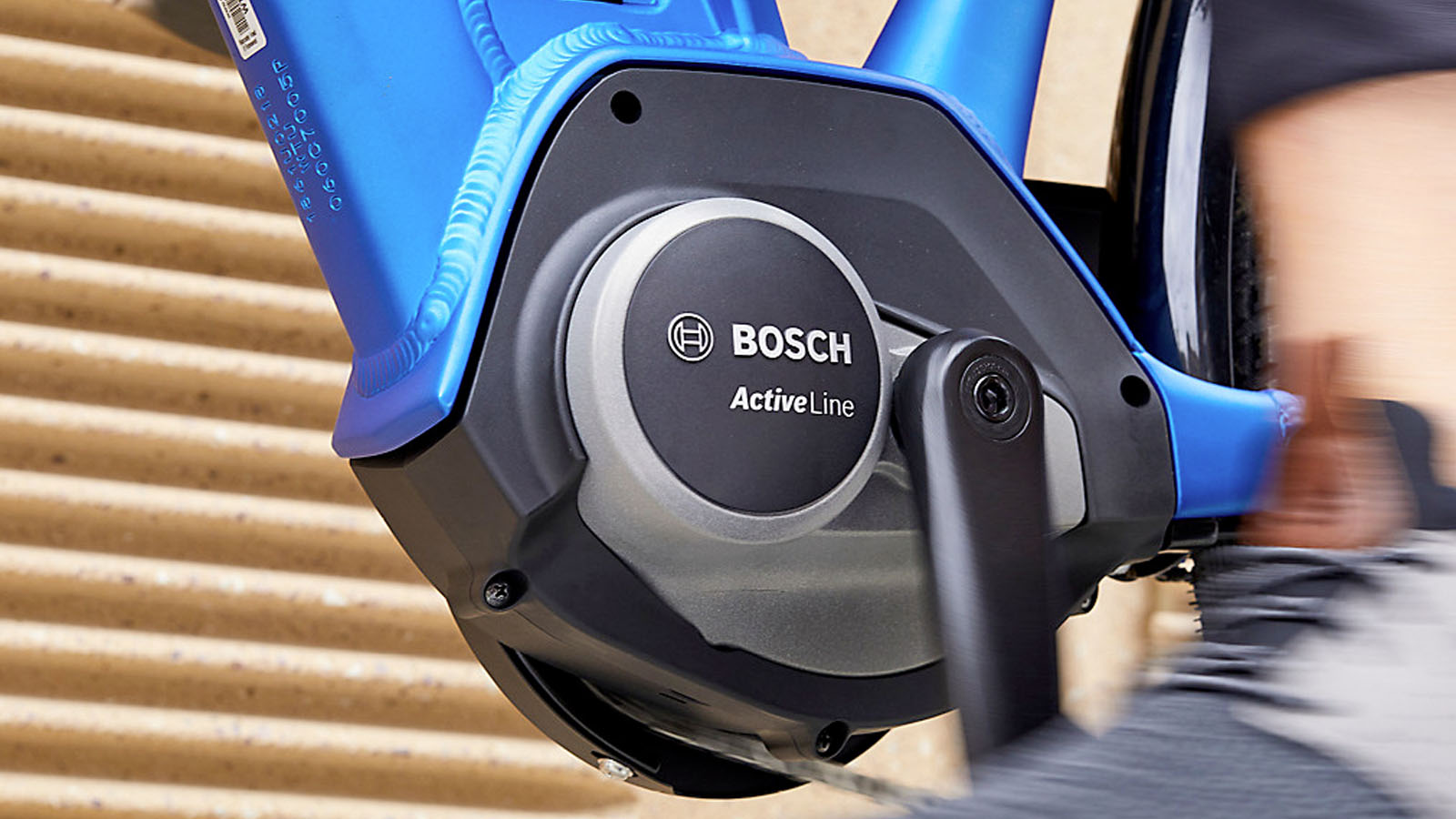
While these primary considerations are the crux of the issue, Cote also says riders should verify not only the max tyre clearance but also rack and fender capabilities with their initial purchase so they don't get caught out.
"The weather will get rough at some point, and when shopping in fair weather, it's easy to forget that you will fall in love with riding and prefer it to other forms of transport...even when the weather is nasty. So planning for this during the purchase allows you to purchase the most versatile bike for your uses," he says.
Mayer says the people looking to start commuting bikes should seriously consider pedal assist.
“Ebikes are an incredible solution to commuting and the world's problems. It shortens your commute time, (makes it) easy to carry heavy loads and you sweat less. It can be a life-changer. Sell your car and #gobybike.”
Based on the Gold Coast of Australia, Colin has written tech content for cycling publication for a decade. With hundreds of buyer's guides, reviews and how-tos published in Bike Radar, Cyclingnews, Bike Perfect and Cycling Weekly, as well as in numerous publications dedicated to his other passion, skiing.
Colin was a key contributor to Cyclingnews between 2019 and 2021, during which time he helped build the site's tech coverage from the ground up. Nowadays he works full-time as the news and content editor of Flow MTB magazine.